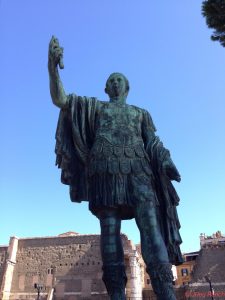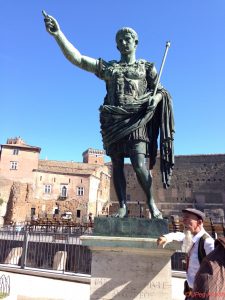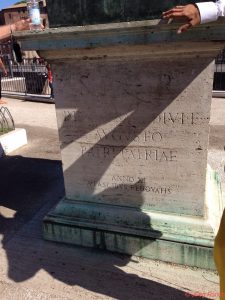 Woody Guthrie (Woodrow Wilson Guthrie 1912-1967) came of age in the Dust Bowl during the Great Depression. When one hears Woody sing about the America of those times Guthrie’s personal experiences and perceptions should be considered. In that context, his song’s ironic lyrics that point out America might not have been made for everybody speak to those Americans left out by our Founding Fathers, who were all well-to-do white men.
Woody Guthrie (Woodrow Wilson Guthrie 1912-1967) came of age in the Dust Bowl during the Great Depression. When one hears Woody sing about the America of those times Guthrie’s personal experiences and perceptions should be considered. In that context, his song’s ironic lyrics that point out America might not have been made for everybody speak to those Americans left out by our Founding Fathers, who were all well-to-do white men.
James Madison (1751-1836) is called the Father of the United States Constitution for good reason. He conceived of and drafted most of the Constitution including its first ten amendments, the Bill of Rights. Madison and the rest of the fifty-five well-to-do white men who attended the Constitutional Convention in Philadelphia, Pennsylvania from May 25 to September 17, 1787 met in secret. The public and the media were excluded and the delegates were sworn to secrecy.
Madison and his fellow Virginian, George Mason (1725-1792), were of like mind in believing average citizens were not equipped to govern themselves and, therefore, a Constitution needed to provide for a government to consist of capable representatives who could provide for the common good. Such groups as women, Negroes and Native Americans were not to have a say in determining their own destiny. Over the years since 1787 we have slowly and gradually addressed some of the Founders’ omissions.
Slavery was abolished almost one hundred years late by the XIIIth Amendment and women were given the right to vote by the XVIIIIth Amendment in 1920. Young men who could be drafted to fight for their country at age eighteen but could not vote until age twenty-one, were fully enfranchised in 1971 by the XXVIth Amendment.
America from the Spanish Conquistadors of the 16th century until this very day has struggled with what were, are and ought to be the ideals of our country’s government. Competing interest groups such as religious sects, LGBTQ citizens, immigrants, political parties, social and cultural associations, news media and countless others exert pressures and vie for recognition and inclusion in our American dream of equality and equal opportunity. In short, America calls itself a melting pot, but it is often more of a bubbling cauldron of competing aspirations.
As we near our mutual birthday on July 04, we may wish to re-examine the base upon which our national dreams were founded and candidly evaluate our progress. Of course, it is only human that in a country of over three hundred million people we will always have disagreements on what directions to go and the best methods for getting there. And we should, also, probably both recognize the genius of our Founders and remember they were simply humans too.


